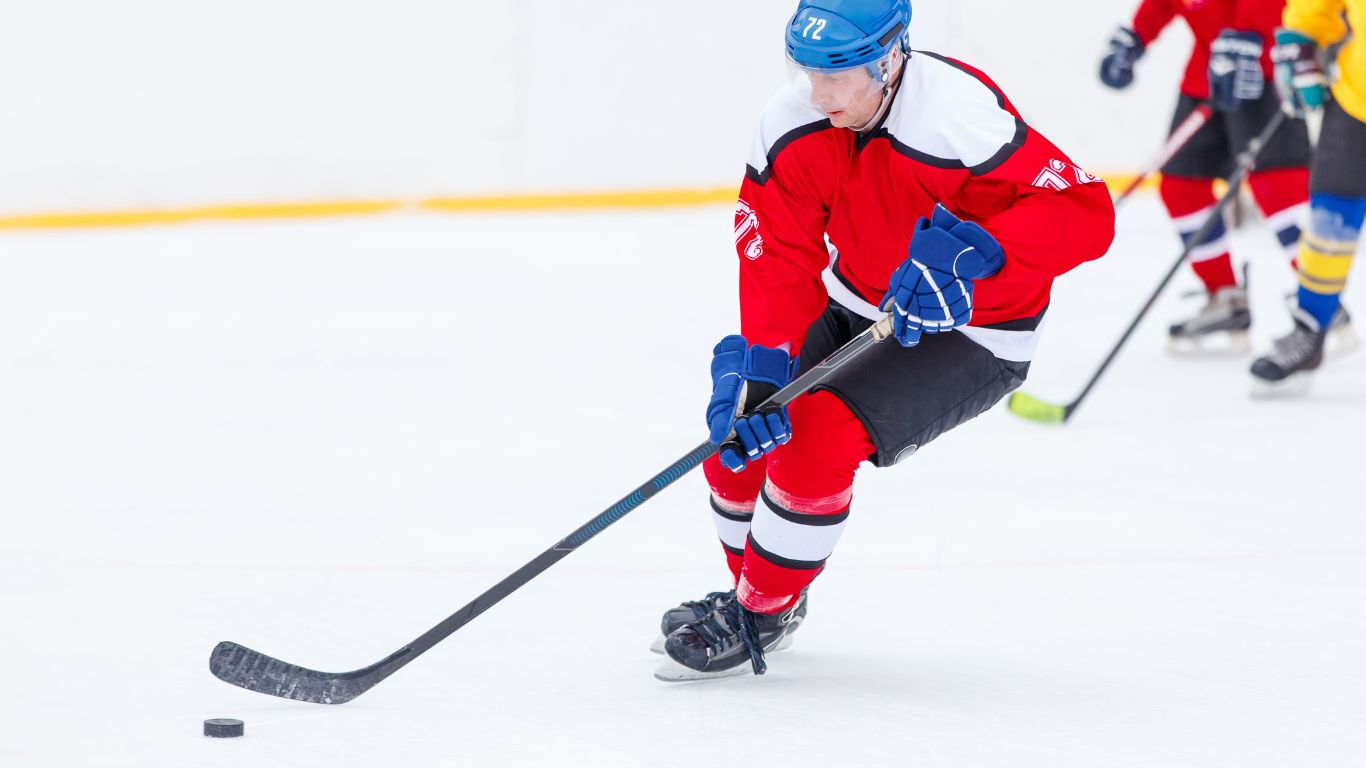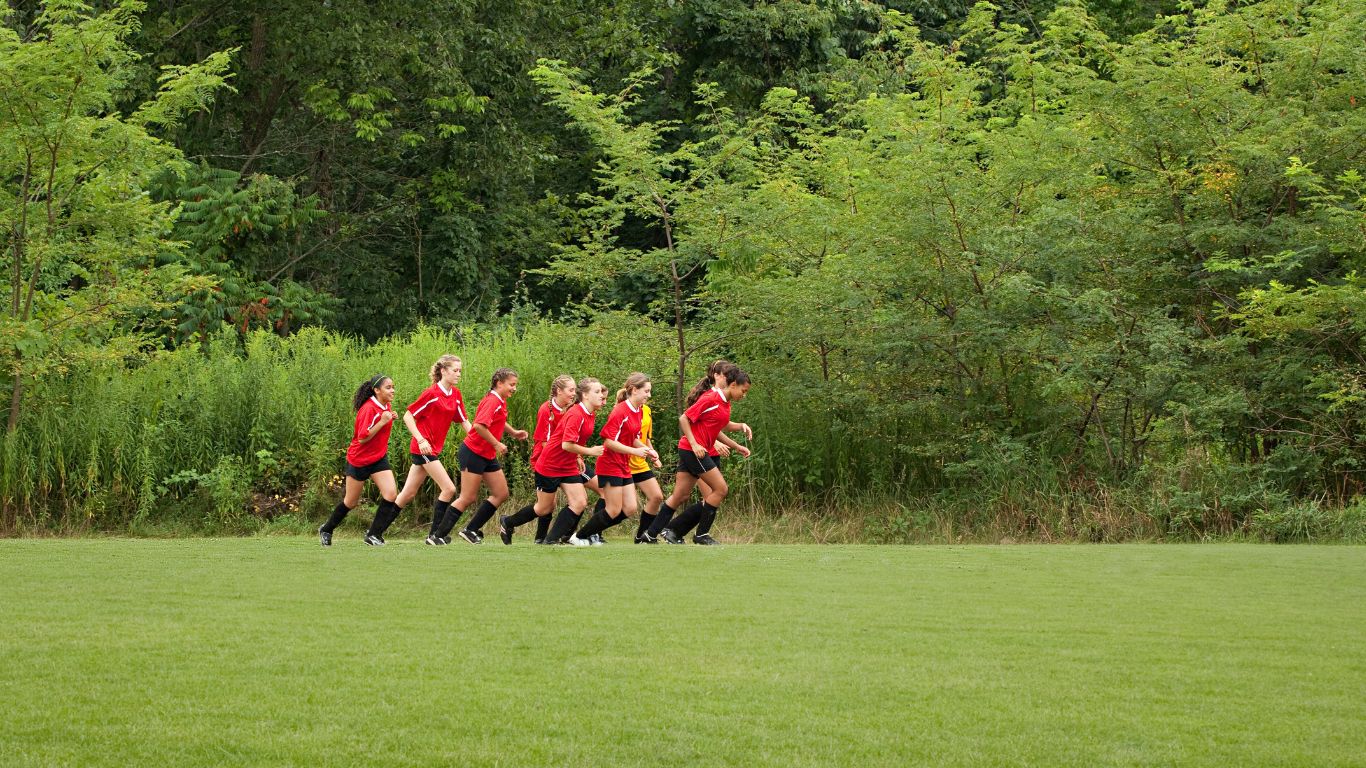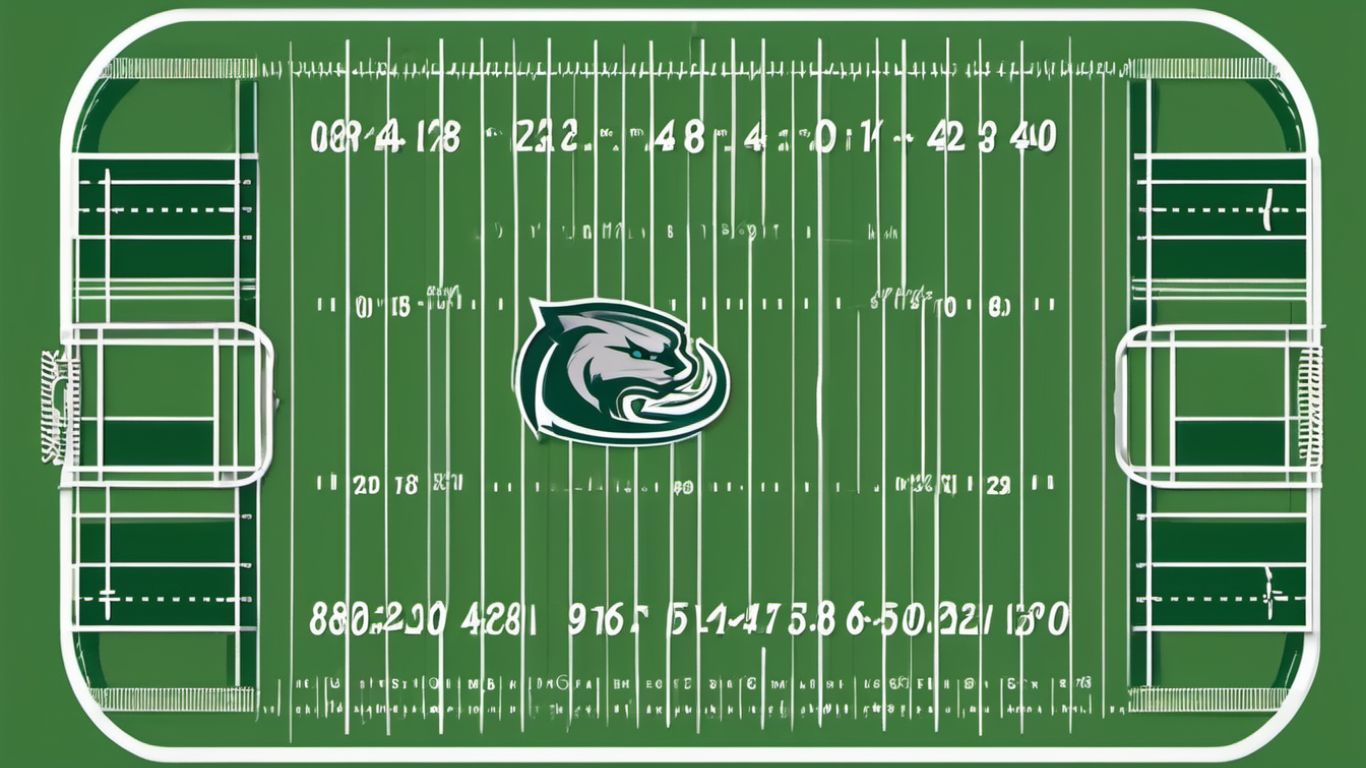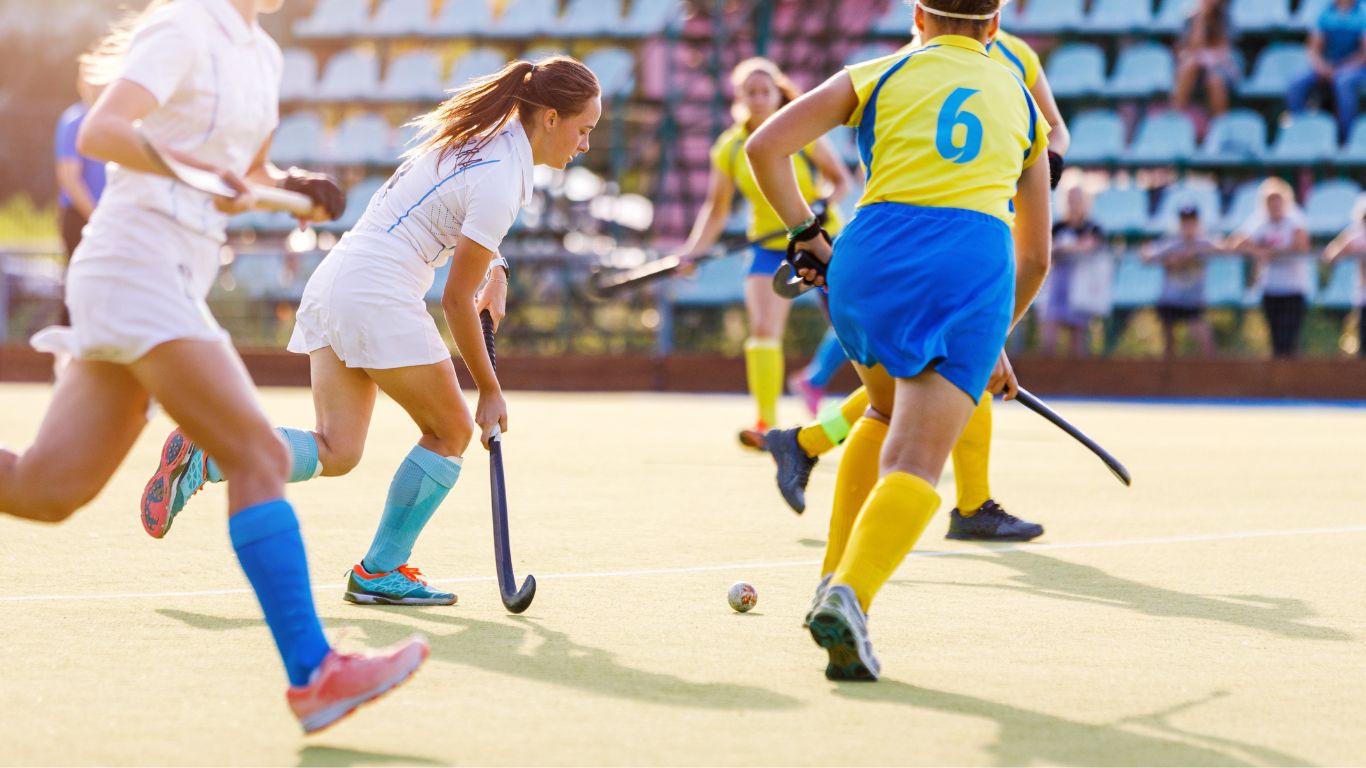Hockey is known for its fast-paced and physical nature, with players engaged in intense battles for control of the puck. One aspect of the game that has long been debated is the allowance of fighting on the ice. While some view fighting as an integral part of the sport, others argue that it has no place in a game that should prioritize skill and sportsmanship.
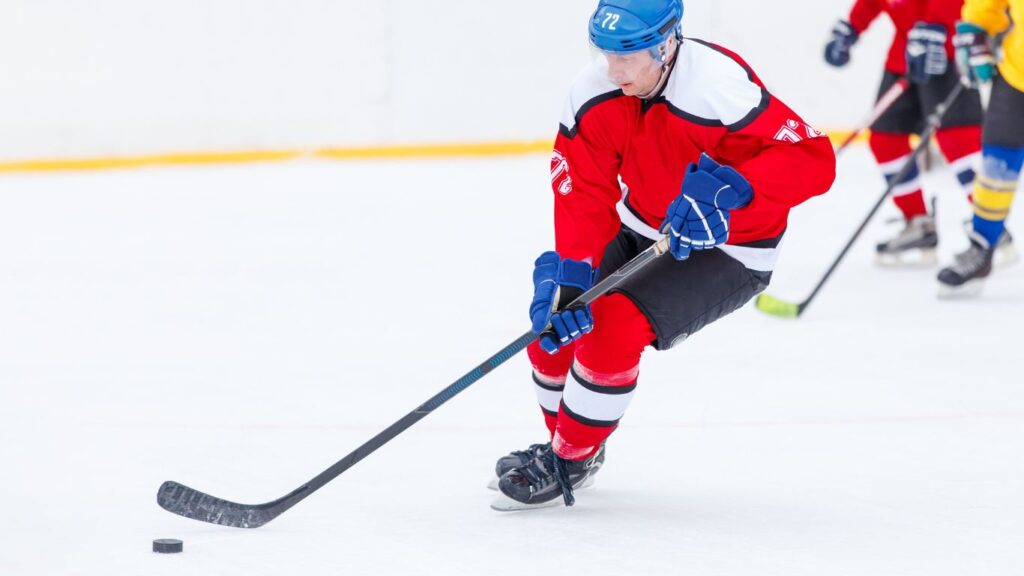
Proponents of fighting in hockey argue that it serves as a way for players to police the game, settle disputes, and even energize their teammates and fans. However, opponents of fighting contend that it promotes violence and can lead to severe injuries, not to mention sending a negative message to younger players who may try to emulate the behavior. As the debate continues, it remains an essential topic of discussion in the hockey community.
History of fighting in hockey
Fighting in hockey has long been a hotly debated topic amongst fans, players, and league officials. While some argue that fighting has no place in the game and should be banned altogether, others see it as an integral part of the sport’s culture and history. To truly understand the role of fighting in hockey, it’s essential to examine its history and how it has evolved over the years.
Fighting in hockey can be traced back to the early days of the sport, long before it became the organized and regulated game that we know today. In the late 19th and early 20th centuries, hockey was a rough-and-tumble game played by tough and rugged individuals. With little in the way of rules or regulations, players often resorted to fisticuffs to settle disputes on the ice.
As the sport of hockey grew in popularity and began to professionalize, fighting became more common and more accepted. In the early days of the NHL, fighting was not only allowed but also expected. Teams would often employ enforcers whose sole job was to protect their star players and engage in fights with the opposing team’s tough guys.
Throughout the 1970s and 1980s, fighting became even more prevalent in the NHL, with bench-clearing brawls and line brawls becoming a regular occurrence. The infamous “Broad Street Bullies” of the Philadelphia Flyers and the “Big Bad Bruins” of Boston were known for their physical and aggressive style of play, which often resulted in fights breaking out on the ice.
However, as the game of hockey began to evolve and become more focused on skill and speed, league officials started to crack down on fighting. The introduction of rules and penalties aimed at discouraging battles, such as the instigator rule and automatic game misconducts for fighting, signaled a shift in the league’s stance on the issue.
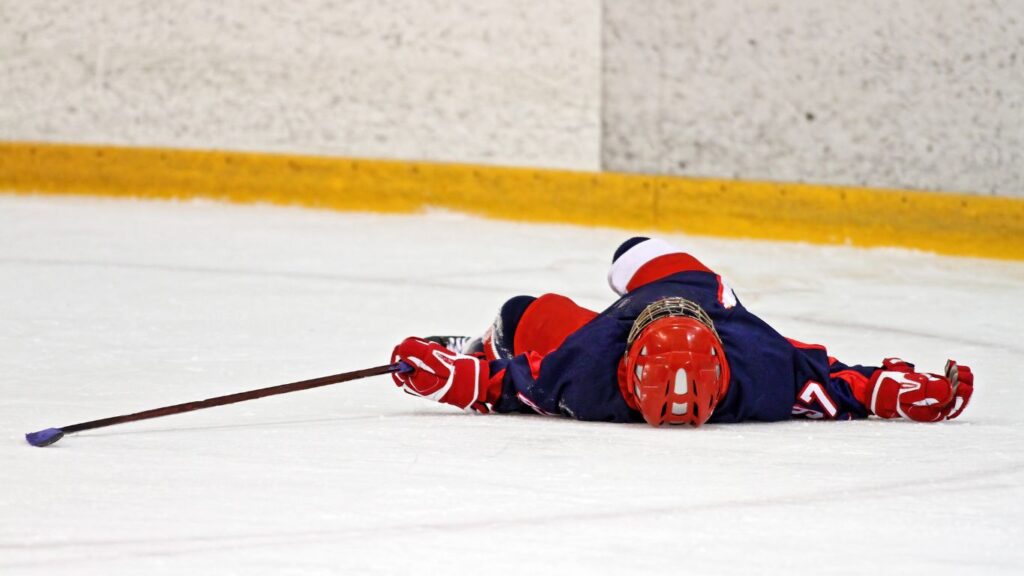
Despite these changes, fighting remains a controversial and divisive topic in the world of hockey. Some argue that fighting adds an exciting and physical element to the game, while others believe that it has no place in a sport that should be focused on skill and sportsmanship.
In recent years, the debate over fighting in hockey has intensified, with calls for a complete ban on fighting becoming louder and more frequent. Advocates for banning fighting point to the potential long-term health risks associated with repeated head trauma and concussions, as well as the negative impact that fighting can have on the image of the sport.
On the other hand, supporters of fighting argue that it serves as a form of self-policing on the ice, preventing cheap shots and dirty plays by holding players accountable for their actions. They also point to the longstanding tradition of fighting in hockey and the passionate fan base that enjoys the physical aspect of the game.
Ultimately, the future of fighting in hockey remains uncertain. While the NHL has taken steps to reduce fighting and promote a safer playing environment, it’s clear that the issue still needs to be resolved. As the sport continues to evolve and change, the debate over fighting in hockey is likely to persist, with no easy answers in sight.
Rules and regulations regarding fighting in the NHL
In the fast-paced and physical sport of hockey, fighting has long been a topic of debate. Some argue that fighting is an integral part of the game, while others believe it has no place on the ice. So, what are the rules and regulations regarding fighting in the NHL?
The NHL has specific rules in place when it comes to fighting. According to NHL Rule 46.1, “Fighting is spontaneous and is a response to a hit or an action that has just occurred on the ice.” This means that fights are not deliberate but rather a reaction to a particular event during the game. Players are not allowed to drop their gloves and engage in a battle for no reason – it must be in response to a specific incident.
In addition, there are penalties associated with fighting in the NHL. Any player who engages in a fight will receive a significant penalty for fighting, which results in a five-minute penalty in the penalty box. In some cases, players may also receive extra penalties for instigating a fight or for fighting while wearing a visor. It’s important to note that the referees have the discretion to hand out additional penalties if they feel it is warranted.
Despite the penalties associated with fighting, many argue that it serves a purpose in the game. Some believe that fighting can act as a deterrent for dirty play or cheap shots, as players know there may be consequences if they cross the line. Additionally, fighting can help boost team morale and energize both players and fans. For some, it’s a way to police the game and keep things in check.
However, many believe that fighting has no place in hockey. They argue that it promotes violence and sends the wrong message to young fans. There are concerns about the long-term impact of fighting on player health, particularly in relation to concussions and brain injuries. Many believe that the NHL should do more to address the issue of fighting and focus on creating a safer environment for players.
In recent years, the NHL has taken steps to try to reduce fighting in the game. The league has introduced harsher penalties for fighting and has cracked down on players who engage in repeated acts of aggression. In addition, there have been discussions about potentially removing fighting from the game altogether.
Overall, the rules and regulations regarding fighting in the NHL are clear – it is allowed, but there are penalties associated with it. Players must be cautious when engaging in a fight, as they risk facing disciplinary action from the league. While fighting may have a place in the game for some, others believe it is time to move away from this aspect of hockey and focus on promoting a safer and more respectful environment on the ice. Ultimately, the debate surrounding fighting in hockey is likely to continue for years to come.
Impact of fighting on players and team dynamics
Fighting in hockey has long been a contentious issue. While some argue that it is an essential part of the game, others believe that it has no place in sports. One of the main reasons why fighting is allowed in hockey is to act as a form of self-policing on the ice.
However, the impact of fighting on players and team dynamics can be significant. For starters, players who engage in fighting are at a higher risk of suffering injuries. Concussions, broken bones, and facial lacerations are just a few of the potential consequences of dropping the gloves. These injuries can not only impact the player’s ability to perform on the ice but can also have long-term effects on their overall health and well-being.
Additionally, the emotional toll of fighting should not be overlooked. Players who engage in fights may experience heightened levels of stress, anxiety, and aggression both during and after the altercation. This can have a negative impact on their mental health and may even lead to issues such as depression or substance abuse.
From a team dynamics perspective, fighting can create tension and division among players. While some may see it as a necessary part of the game, others may be uncomfortable with the violence and aggression that it entails. This can lead to cliques forming within the team and a breakdown in communication and trust.
Furthermore, the focus on fighting can detract from the actual game of hockey. Instead of showcasing their skills and teamwork, players may become more focused on getting into altercations with opponents. This can lead to a decrease in overall performance and a lack of sportsmanship on the ice.
In terms of team dynamics, fighting can also impact the relationship between players and coaches. Coaches may have differing opinions on the role of fighting in hockey, which can lead to conflicts within the team. Additionally, if a player is repeatedly engaging in fights and putting themselves at risk of injury, it can create tension between the player and coaching staff.
It is essential to consider the impact of fighting on players and team dynamics when discussing whether it should be allowed in hockey. While some argue that it is a necessary part of the game, the potential consequences, both physically and emotionally, cannot be ignored. Finding a balance between enforcing rules and allowing for physicality on the ice is crucial in creating a safe and respectful environment for players to compete in. Ultimately, the goal should be to promote fair play, sportsmanship, and healthy competition while ensuring the safety and well-being of all involved.
Arguments for and against allowing fighting in hockey
There has always been a heated debate about whether fighting should be allowed in hockey. Some argue that it is an essential and exciting part of the sport, while others believe it promotes violence and sends the wrong message to fans, especially young ones.
One of the main arguments for allowing fighting in hockey is that it serves as a way for players to police themselves on the ice. In a fast-paced and physical game like hockey, tensions can run high, and emotions can escalate quickly. By allowing players to drop the gloves and engage in a fight, it can prevent more dangerous and dirty plays from occurring. The threat of a battle can act as a deterrent for players to engage in reckless behavior, knowing that there may be consequences in the form of a fight.
Proponents of fighting in hockey also argue that it adds an element of excitement and entertainment for fans. Many fans enjoy the raw intensity of a fight and see it as a thrilling aspect of the game. It can also help to energize both the players and the crowd, bringing a sense of passion and intensity to the game.
On the other hand, there are strong arguments against allowing fighting in hockey. One of the main concerns is the message it sends to young fans who may be watching the game. Allowing fights on the ice can normalize violence and aggression as an acceptable way to resolve conflicts, which is not a message that should be promoted in a sport that is watched by people of all ages, including children.
Furthermore, there are serious safety concerns when it comes to fighting in hockey. While players may wear padding and helmets, they are still at risk of serious injury when engaging in a fight. Concussions, broken bones, and other serious injuries can occur during fights, which can have long-lasting consequences for the players involved. In a sport that already has a high risk of injury due to its physical nature, adding fighting into the mix only increases the potential for harm.
Additionally, some critics argue that fighting in hockey can detract from the skill and athleticism of the game. Hockey is a fast-paced and skillful sport that requires a high level of talent and strategy. Allowing fights to take place can shift the focus away from the actual game and onto physical altercations, potentially overshadowing the skillful plays and teamwork that make hockey such an exciting sport to watch.
The future of fighting in hockey: potential changes and trends.
Fighting in hockey has been a hotly debated topic for many years. While some argue that fighting is a necessary part of the game, others believe that it has no place in a sport that is supposed to be focused on skill and athleticism. As the sport continues to evolve and change, the future of fighting in hockey is uncertain.
One potential change that could impact the future of fighting in hockey is rule changes by the NHL. In recent years, the league has taken steps to reduce fighting in an effort to make the game safer and more inclusive. For example, the NHL implemented Rule 46.22, which penalizes players who instigate fights in the final five minutes of a game or during a stoppage in play. This rule has led to a decrease in fighting in the league, as players are less likely to engage in fights knowing that they could face consequences.
Another trend that could impact the future of fighting in hockey is the increasing focus on player safety. In recent years, there has been a growing awareness of the long-term effects of concussions and head injuries in athletes. As a result, the NHL has implemented stricter rules and protocols surrounding head injuries, including mandatory baseline testing and protocols for returning to play after a concussion. This focus on player safety could lead to further restrictions on fighting in the future as the risks of head injuries become more apparent.
Additionally, the changing demographics of hockey players could also impact the future of fighting in the sport. As the game becomes more diverse and international, there is a shift towards a faster, more skilled style of play that may have less of a place for fighting. Younger players coming up through the ranks may be more focused on developing their skills and less interested in engaging in fights on the ice. This could lead to a gradual decline in fighting in hockey as the sport continues to evolve.
One change that could impact the future of fighting in hockey is the role of enforcers in the game. In the past, enforcers were a crucial part of many teams, serving as a physical presence on the ice and protecting their teammates. However, as the game has shifted towards a more skill-based style of play, the role of enforcers has become less critical. Many teams are now focusing on speed, skill, and puck possession rather than physicality and fighting. This shift could lead to a decreased need for enforcers and a decline in fighting in the future.
Overall, the future of fighting in hockey is uncertain. While many factors could lead to a decrease in fighting in the sport, there are also arguments to be made for the importance of fighting in maintaining the physicality and intensity of the game. As the sport continues to evolve and change, it will be interesting to see how the role of fighting in hockey is impacted and whether changes will be made to further reduce or eliminate fighting from the game.
Frequently Asked Questions
1. Is fighting allowed in hockey?
Yes, fighting is technically allowed in hockey, although it is against the rules of the game. However, players who engage in fights are typically penalized with a five-minute significant penalty, along with potential ejections and fines from the league.
2. Why do players fight in hockey?
Fighting in hockey has been a longstanding tradition in the sport, often used as a way to police the game and protect teammates. Some players also believe that fighting can provide a momentum shift or emotional boost for their team.
3. Are there rules for fighting in hockey?
Yes, there are rules and regulations in place for fighting in hockey. Players are not allowed to remove their helmets before a fight, and officials are responsible for breaking up fights once they have escalated to a certain point.
4. Do all hockey leagues allow fighting?
No, not all hockey leagues allow fighting. In fact, many youth and amateur leagues have strict rules against any form of fighting or physical altercations on the ice. Fighting is more prevalent in professional and semi-professional leagues.
5. Are there any consequences for fighting in hockey?
Yes, there are consequences for fighting in hockey. In addition to penalties and potential ejections, players who engage in fights may also face fines, suspensions, or disciplinary action from the league.
6. Do fans enjoy watching fights in hockey?
While fighting has been a part of the game for many years, opinions on its place in hockey vary among fans. Some fans enjoy the physicality and intensity that fighting brings to the game, while others believe it has no place in a sport that should prioritize skill and sportsmanship.
7. Are there any safety concerns with fighting in hockey?
Yes, there are safety concerns with fighting in hockey, as it can lead to severe injuries for the players involved. Concussions, cuts, and facial injuries are all potential risks of engaging in fights on the ice.
8. Is fighting necessary in hockey?
Some players and coaches argue that fighting is necessary in hockey to maintain order on the ice and protect teammates from dangerous hits or plays. However, others believe that the game should be able to control itself without the need for physical altercations.
9. Can fighting be beneficial for a team?
Some players believe that fighting can provide a psychological advantage for their team by intimidating opponents and rallying their teammates. However, others believe that skill, teamwork, and strategy are more critical factors in determining success on the ice.
10. Will fighting continue to be a part of hockey in the future?
The presence of fighting in hockey has been a topic of debate for many years, with some calling for a ban on fighting altogether. While the tradition of fighting may continue in the professional leagues, rules and attitudes towards fighting in hockey could change in the future.
Conclusion
Fighting is a controversial and longstanding tradition in hockey. While it is officially prohibited in the rulebook, it still occurs and is often met with mixed reactions from fans, players, and officials. Some argue that fighting adds excitement and intensity to the game, while others believe it has no place in a sport that values skill and sportsmanship. Ultimately, the debate over fighting in hockey is likely to continue for years to come.





